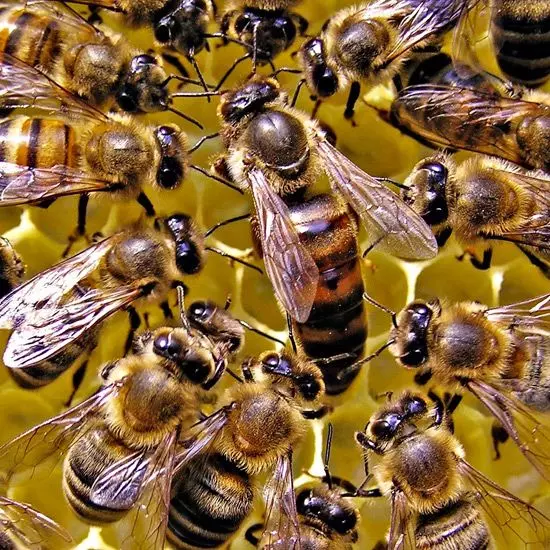

Amazing Things You Didn’t Know About Bees
Without bees, life as we know it would cease. They pollinate the food we eat; they pollinate the food other animals in the food chain eat. While a bee sting can be annoying or dangerous for some, the benefits bees bring us and our planet greatly outweigh an ouchy now and then.
Continue reading to learn more about one of the world's most important insects.
Swipe through to learn amazing facts about our friends the bees.
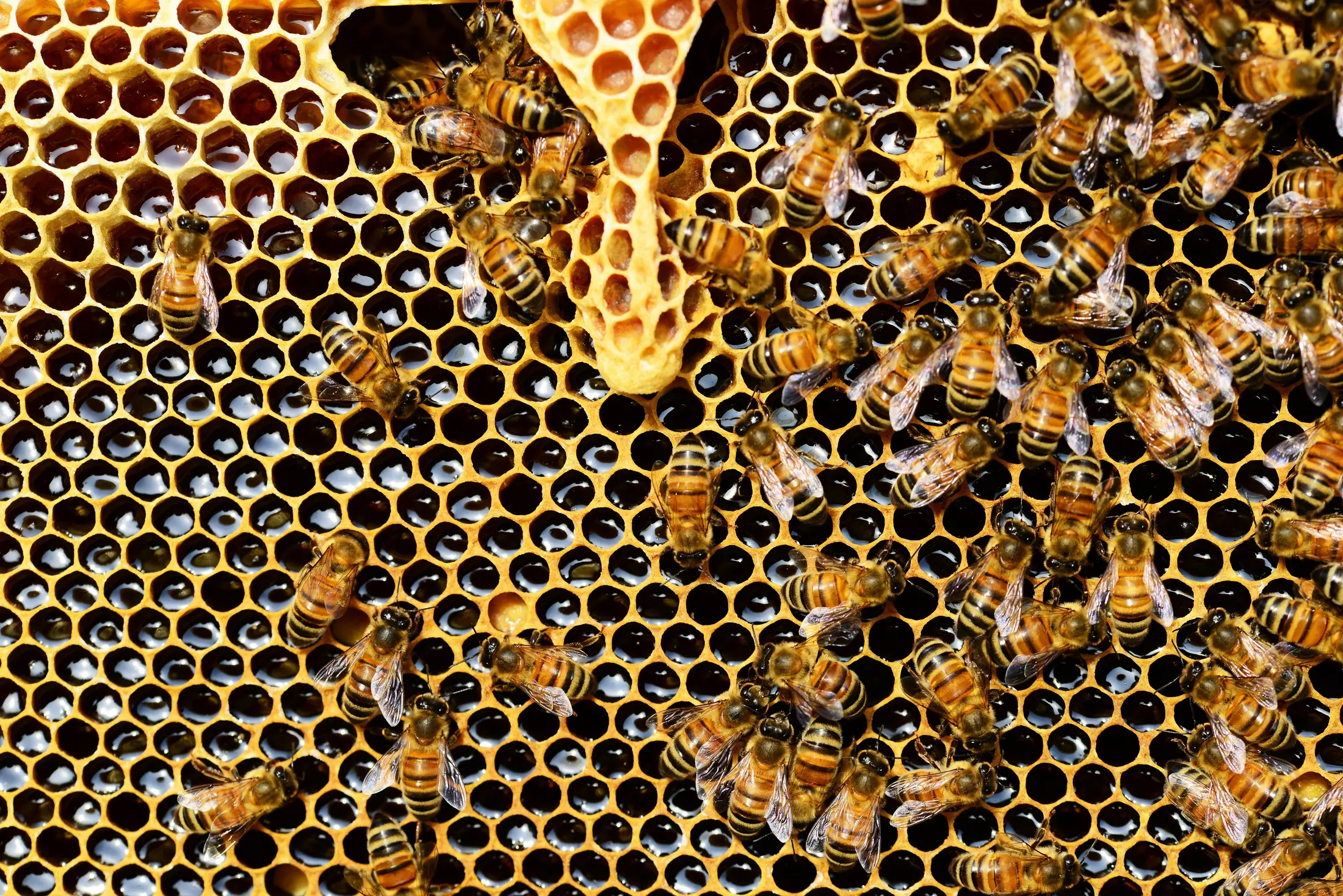
Bees Communicate By Dancing
Bees use special dances inside the hive to tell other bees where a productive flower patch is. The round dance simply tells other bees that there are flowers nearby. The waggle dance tells the other bees which direction to head off to, and how far away from the hive the flowers are.
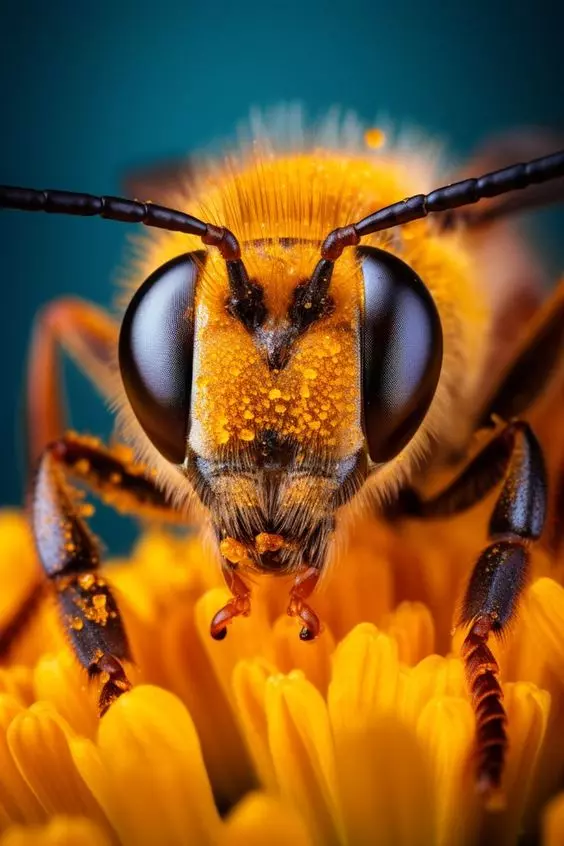
Quintuple Eyes
Bees have 5 eyes. Three are situated on top of the bee’s head and they detect light, but not shapes. The two larger eyes on the sides of the head are composed of multiple lenses the bee can see through.
Photography: Beekeeping 101 via Pinterest

Honey, Honey
The honey bee is the only insect that produces food consumed by humans, and each bee only makes about one-twelfth of a teaspoon of honey in its lifetime. Honey is 80% sugars and 20% water, and is consumed by bees so that they can make beeswax honeycombs, which serve as storage for their honey.
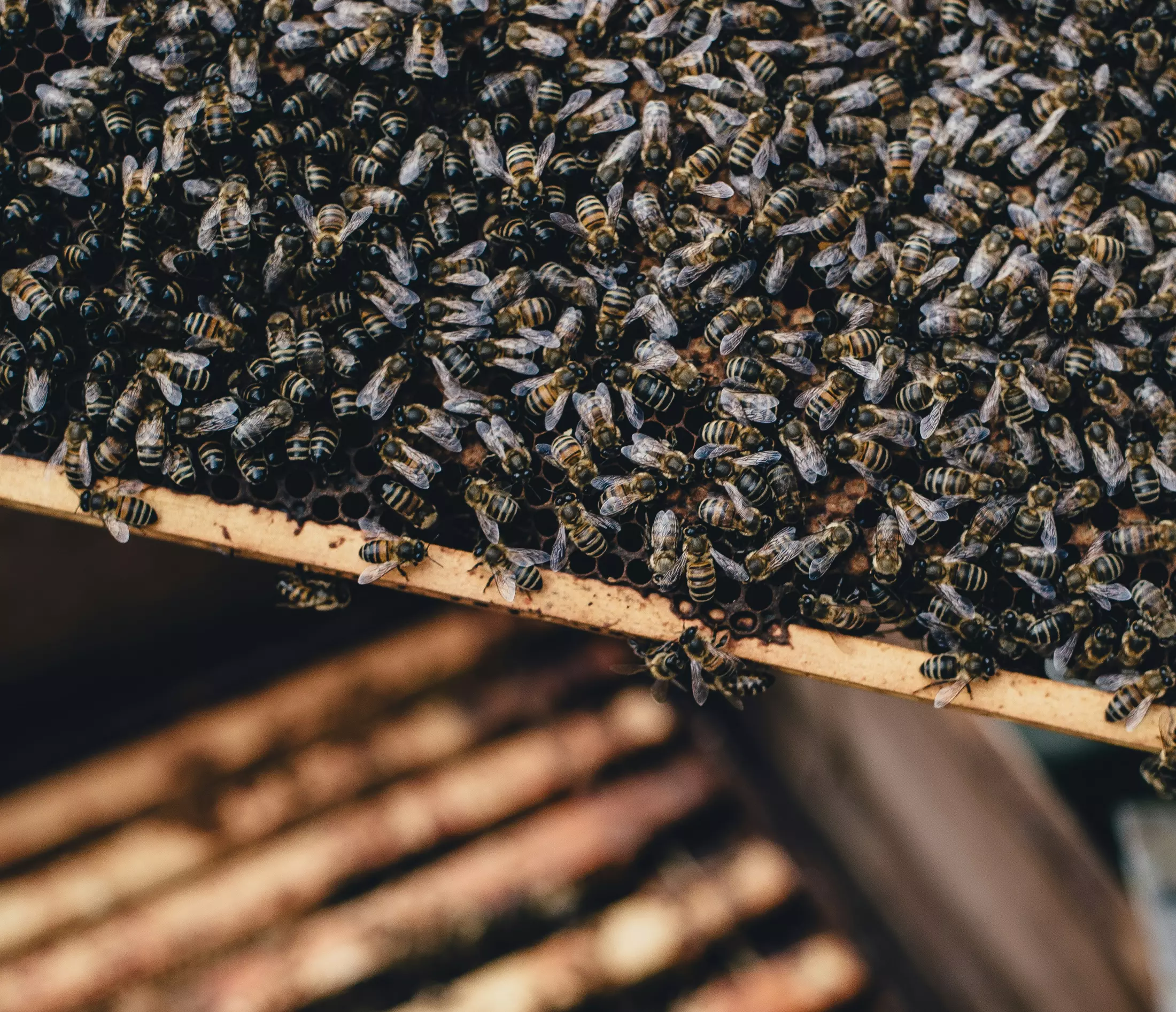
A Warm Environment
In parts of their hive, honey bees maintain a temperature of 91-97 degrees Fahrenheit from late winter to early autumn, to facilitate the proper development of their broods. Whether the outside temperature is in the 100s, or below 0, bees work together to keep the nursery temperature constant.
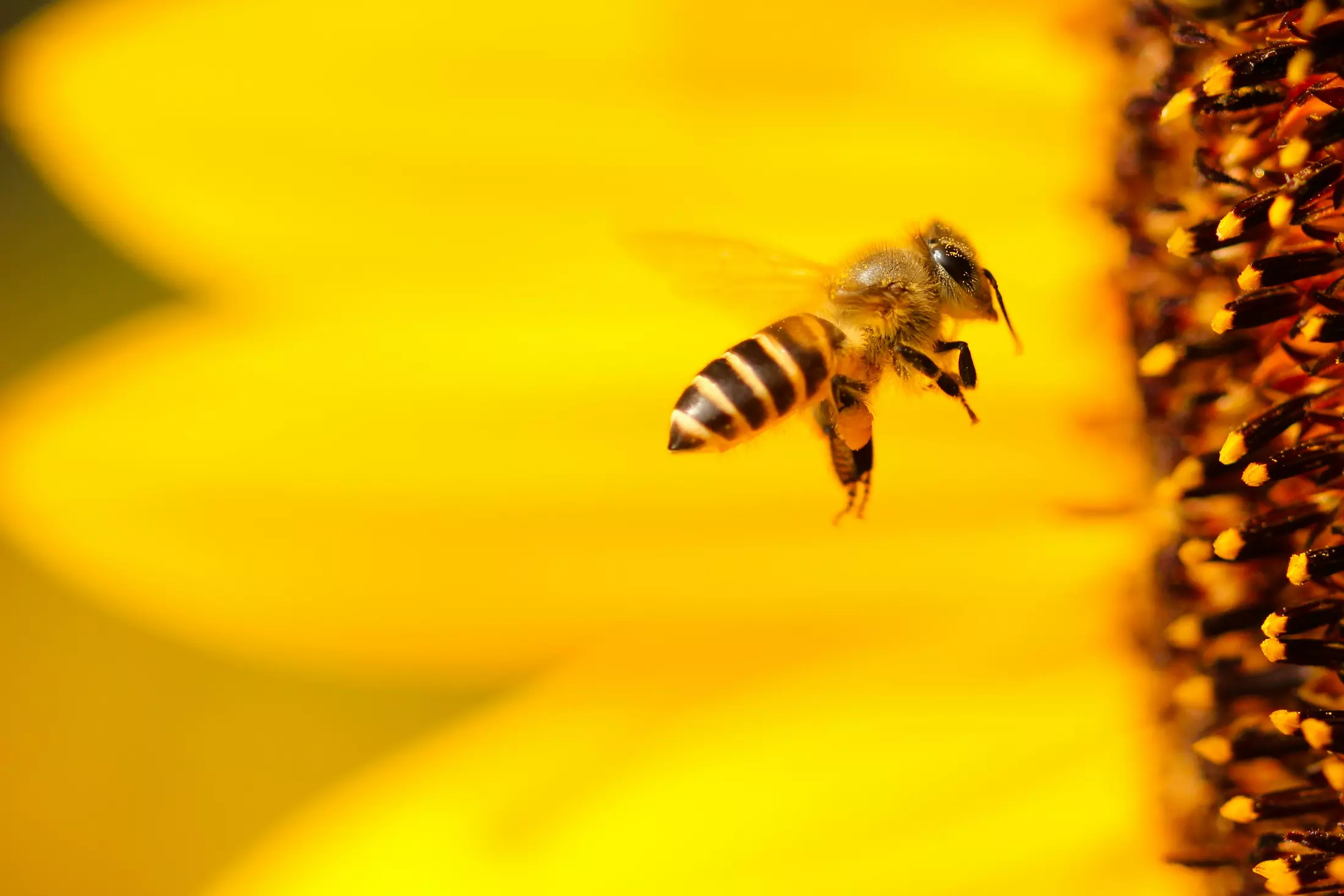
Not all Bees Sting
First, it’s only the female bees that do the stinging; males cannot sting. Second, there are some species of bees that don’t sting at all, regardless of gender.

Queen Bee
The queen lives for 2-3 years, and summers are her busiest time. Over a one- to two-day period, she mates with as many as 17 drones, and then lays up to 2500 eggs a day! Worker bees ensure she is well fed and taken care of us she ensures the future of the hive.
Photography: Alpha Honey Health via Pinterest







